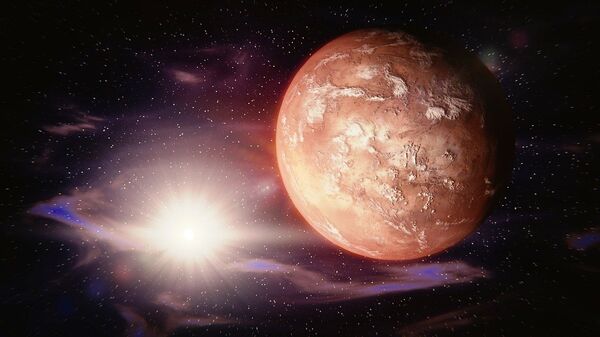The Mars One Project plans to set up a permanent settlement on the Red Planet by 2014. Risks include suffocation, starvation and dehydration, so it’s no surprise scientists on Earth are already looking into ways of feeding humans on Mars.
growing crops on #Mars and #moon, the carrots are doing well, in the background the tomatoes pic.twitter.com/R5pNmhPpwz
— Wieger Wamelink (@wamelink_wieger) May 11, 2016
Agricultural researchers at a Dutch university are growing vegetables in soils similar to those found on the Moon and Mars in the hope that one day the human Martians can cultivate their own crops.
"When people go to the Moon and Mars they also have to eat, and it's easiest for them to grow their own food," said researcher Wieger Wamelink from Wageningen University in the Netherlands said.
But when it came to finding the right soil to use, Wieger Wamelink turned to the World Wide Web to find a supplier. After a quick search on Google, unsuprisingly, NASA came up as the best supplier of Martian and lunar soil.
"We wanted to use real Martian and lunar soil," Wamelink told AFP.
In 2013, Wageningen University, which specialises in agriculture, placed an order of 100 kilograms of NASA's "space soil" at a cost of US$3080.
Wamelink planted tomatoes, peas and cress in pots, added water and watched in amazement as the vegetables grew bigger every day.
First green #bean on #Mars soil simulant. Anorher crop human Martians could eat pic.twitter.com/HnO65cNmq0
— Wieger Wamelink (@wamelink_wieger) May 16, 2016
"Plants were growing very fast and very good. They even started to flower, something that we never anticipated," Wamelink said.
The experiment was first published in science journal PLOS One in August 2014.
The next challenge it so make the vegetables edible for consumption on Mars, as NASAs space soil isn't just expensive, it's poisonous.


